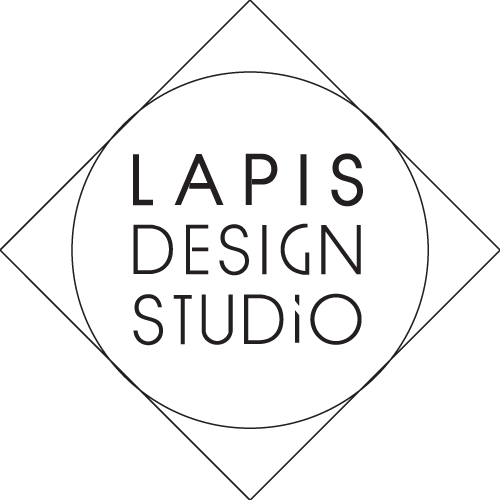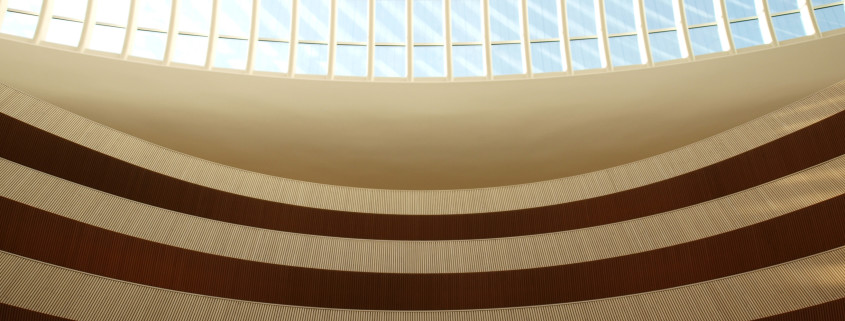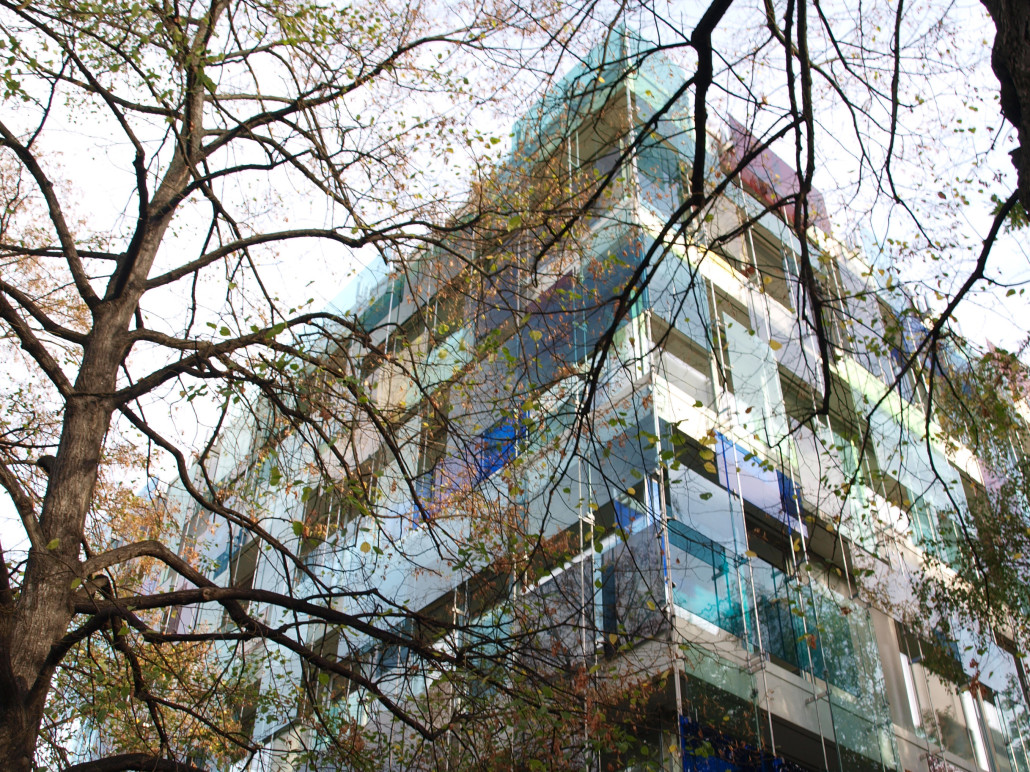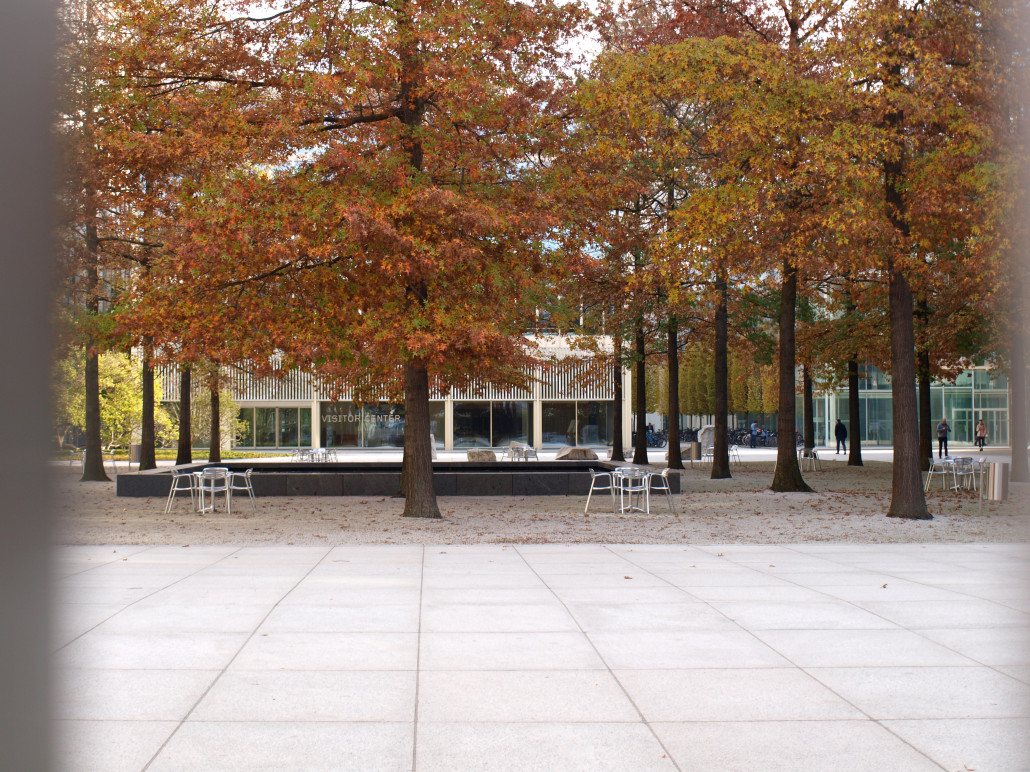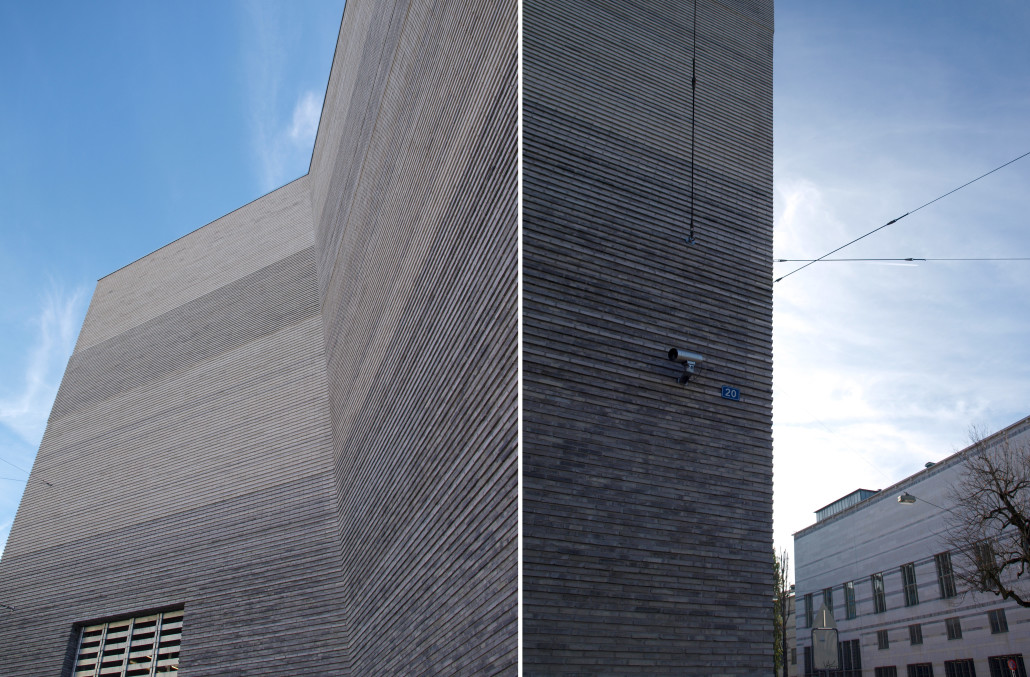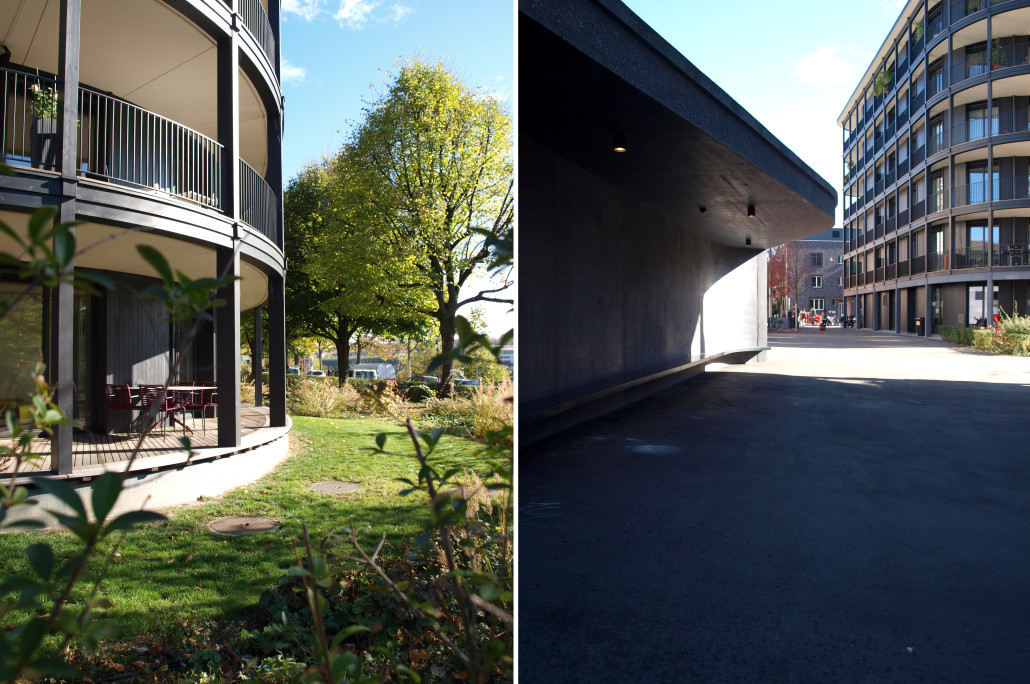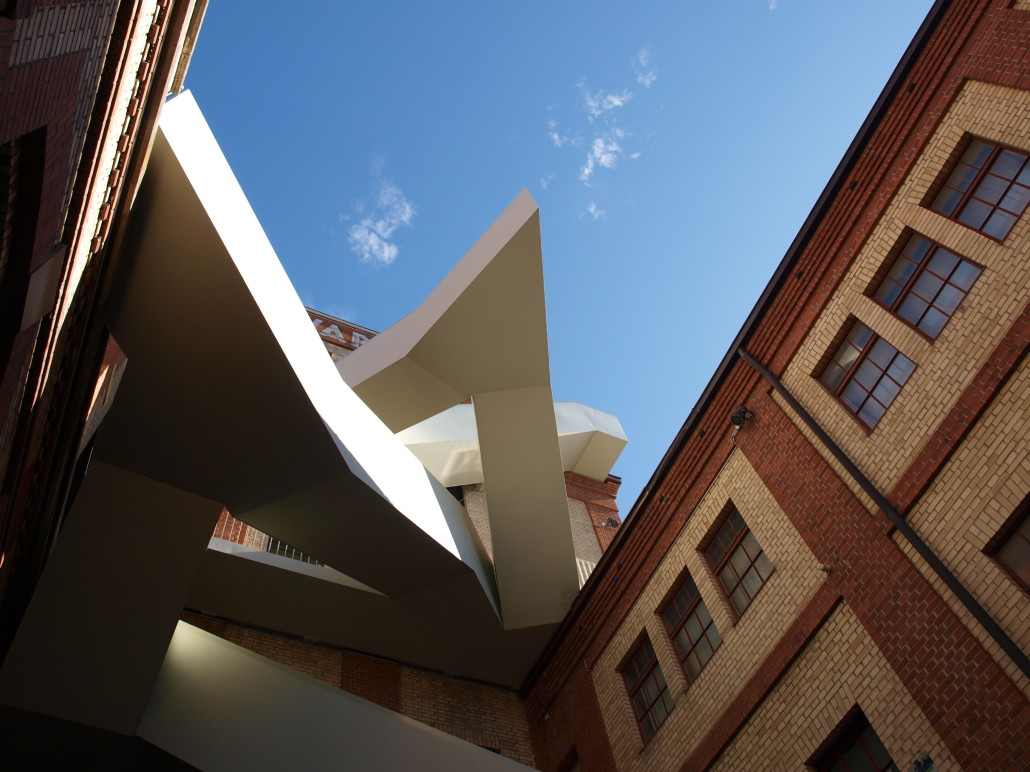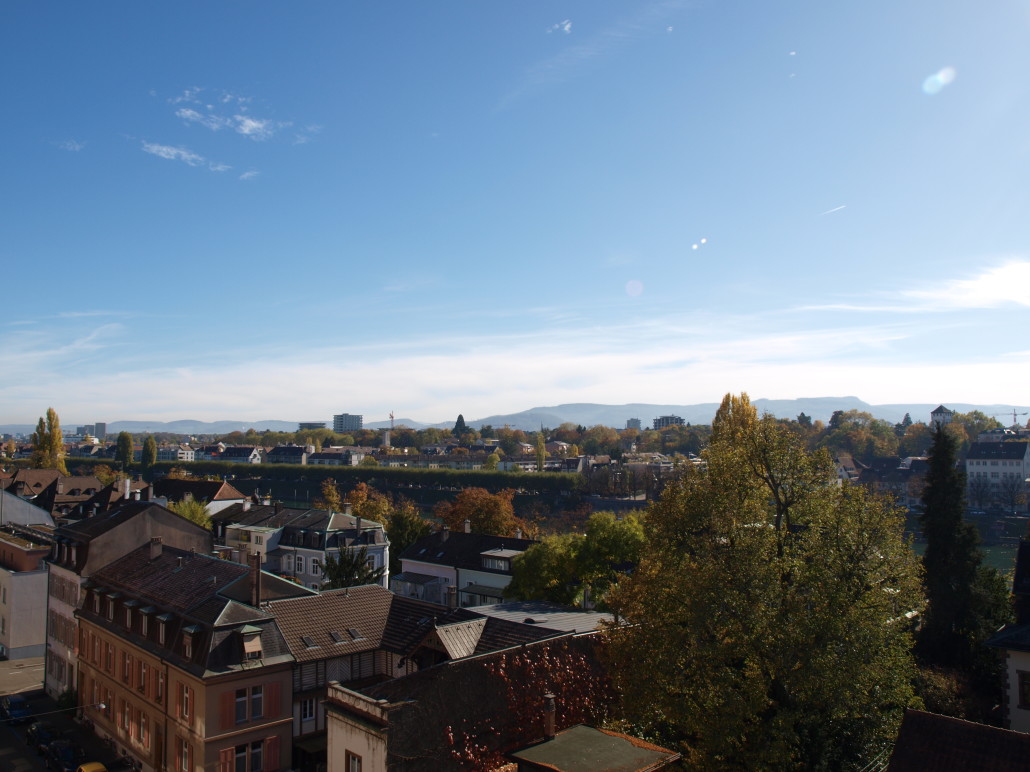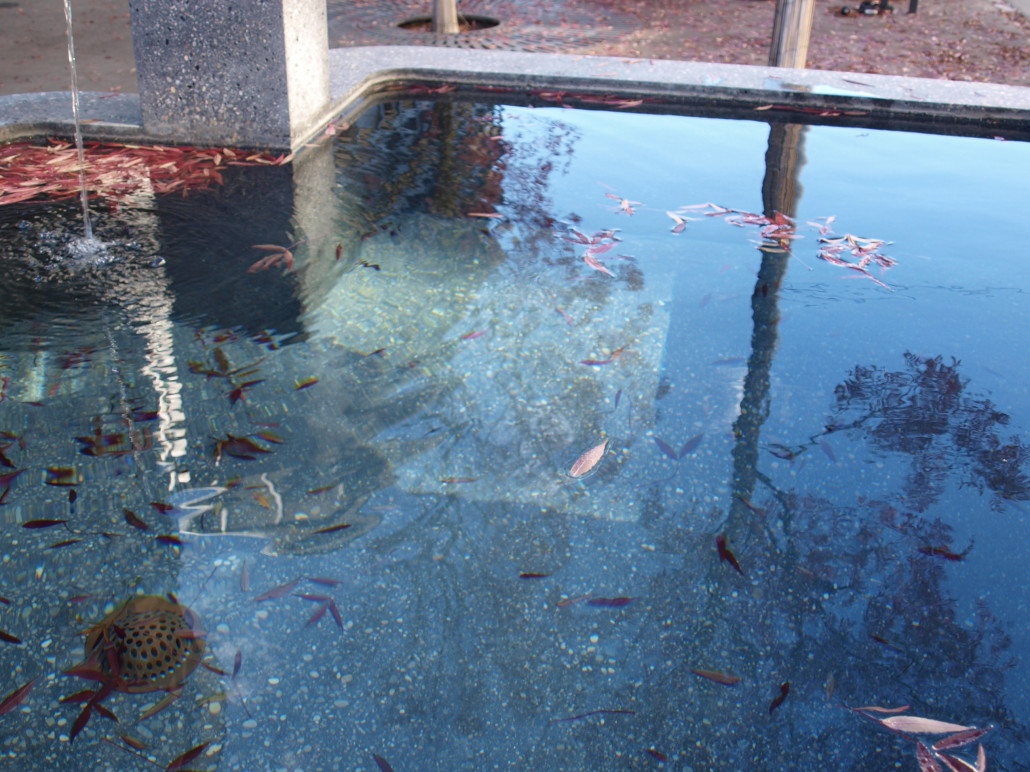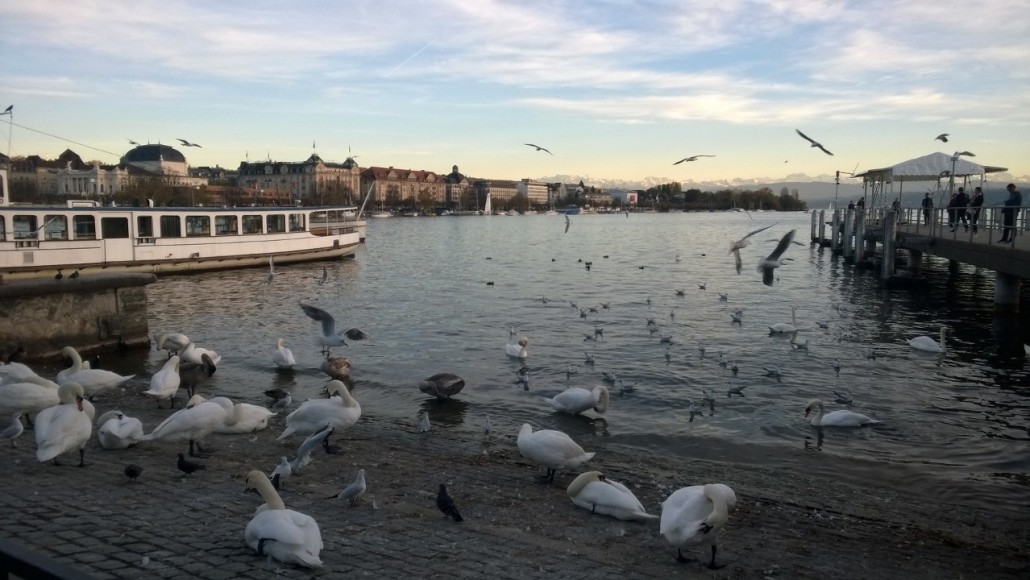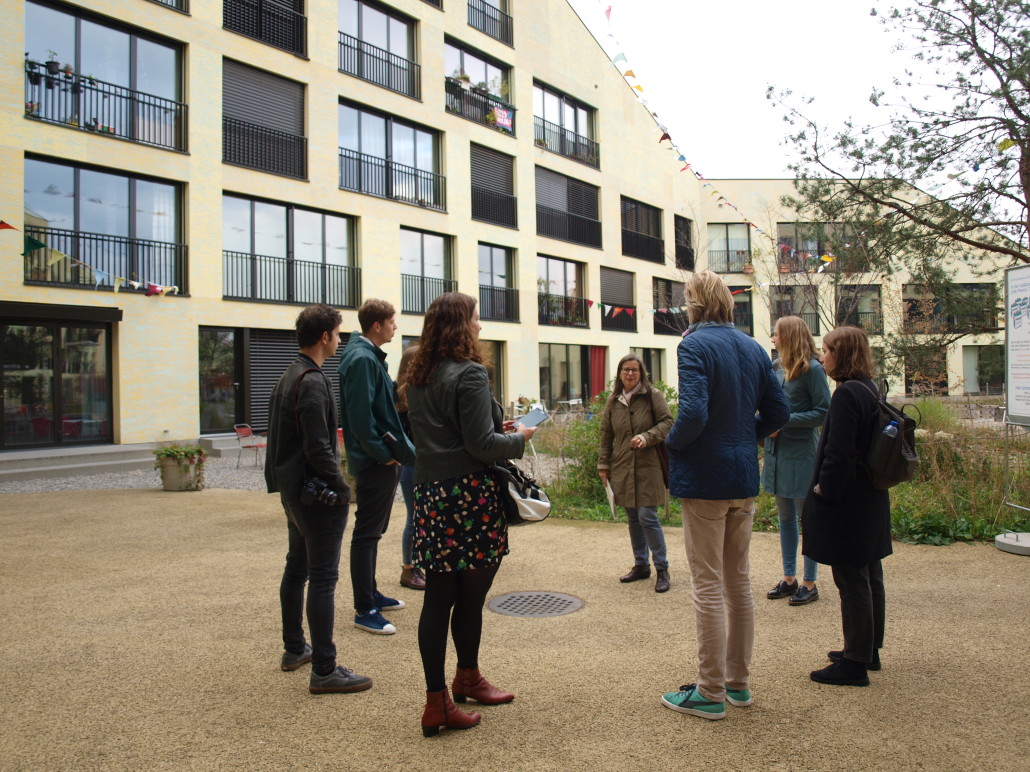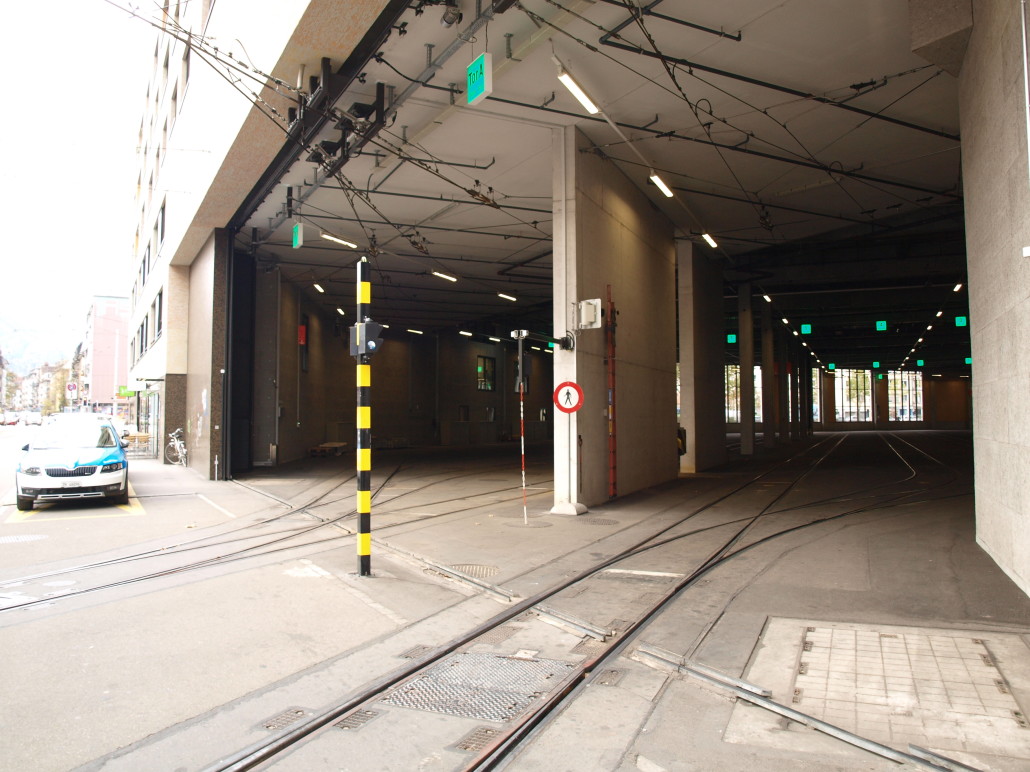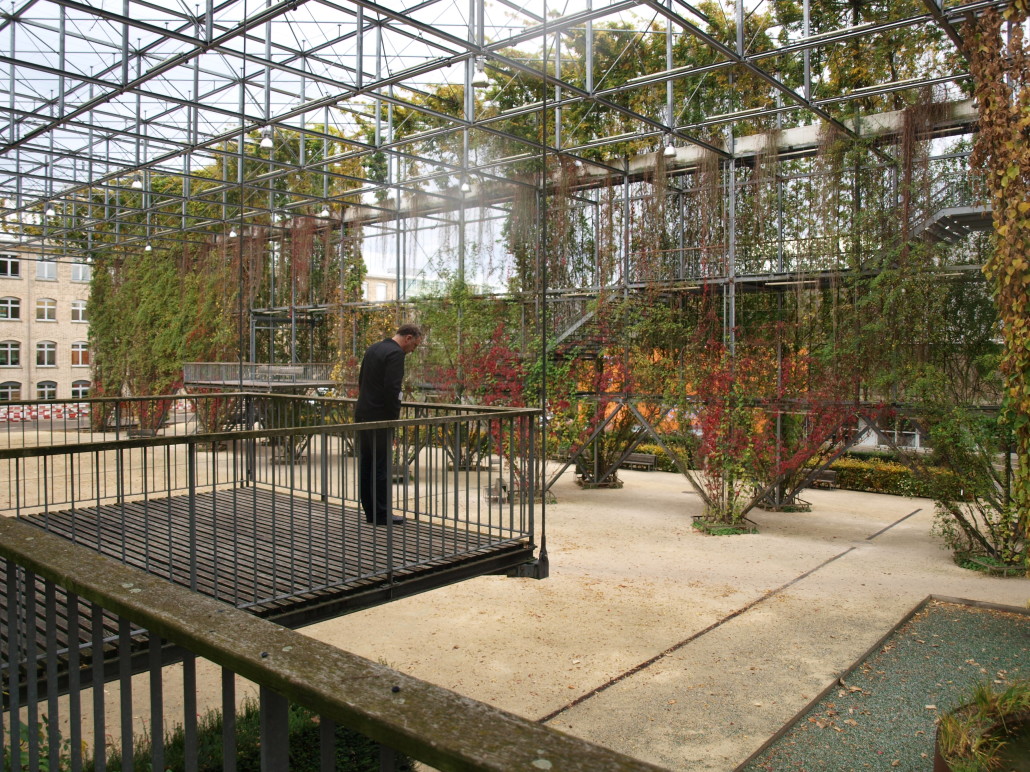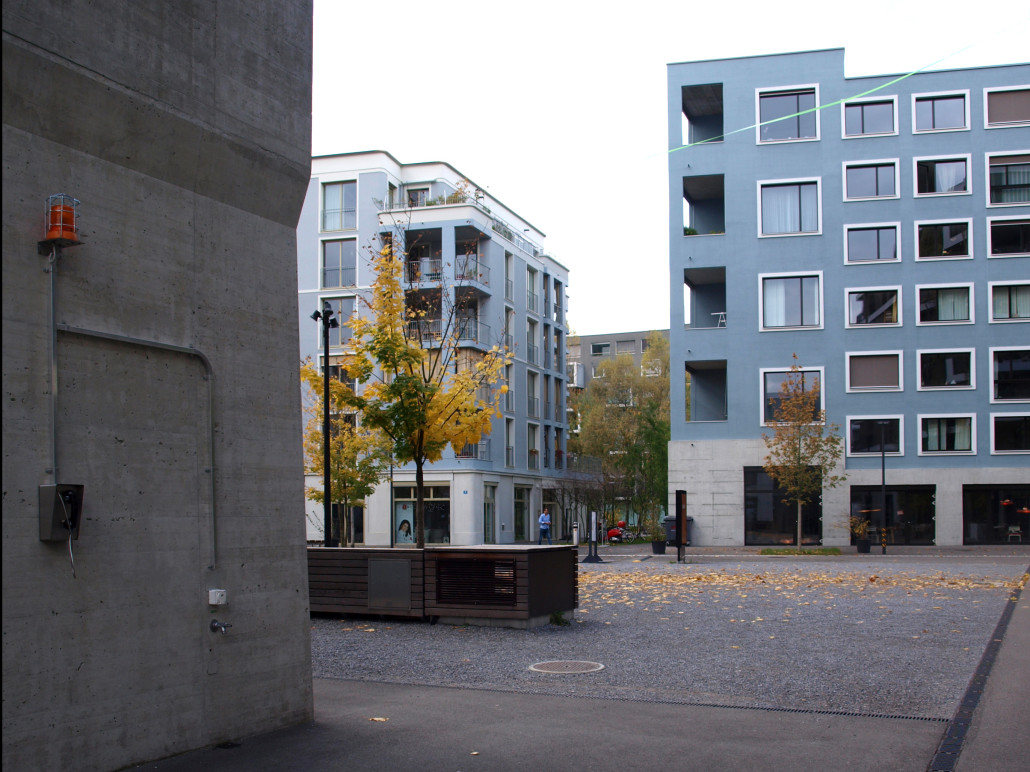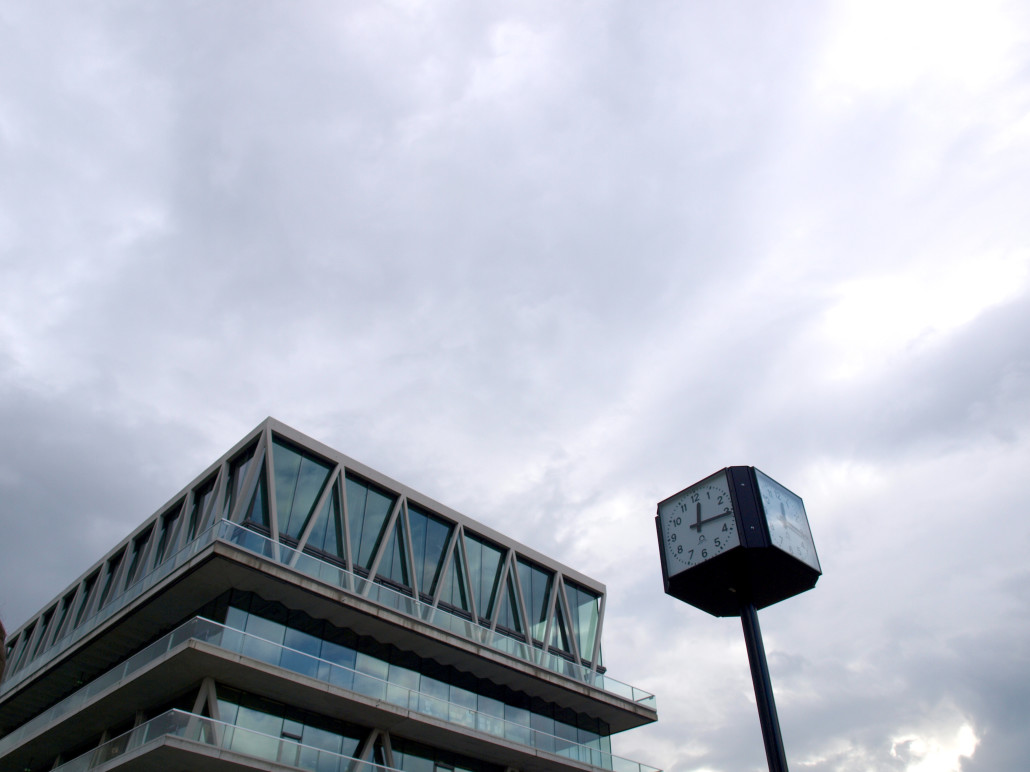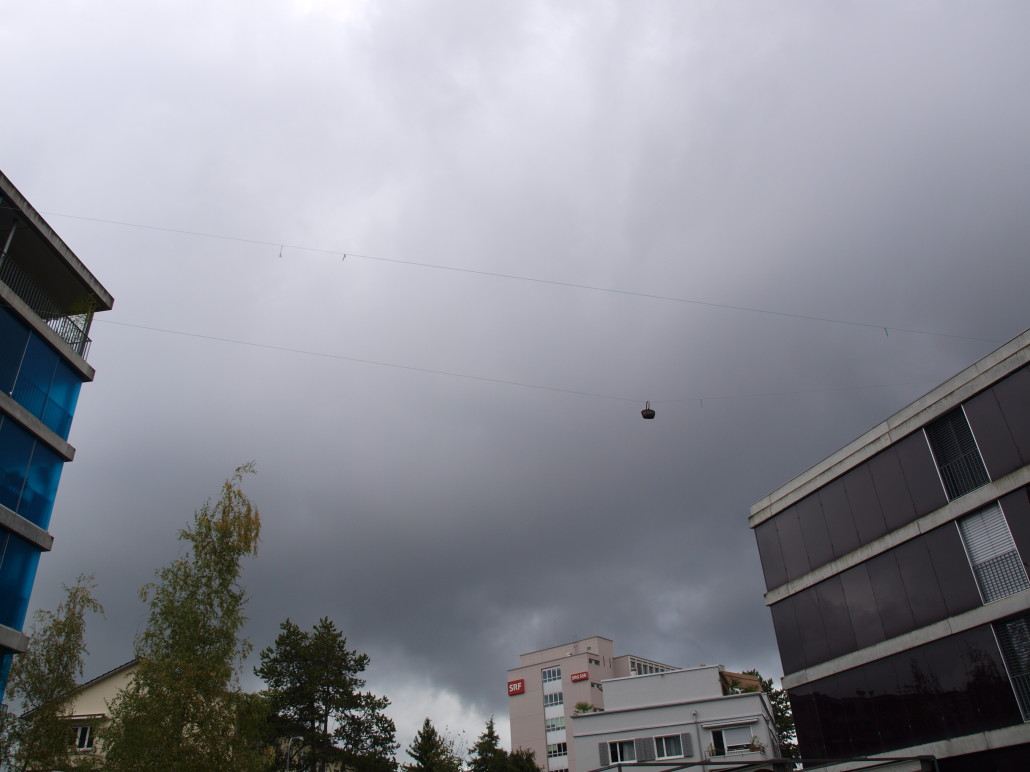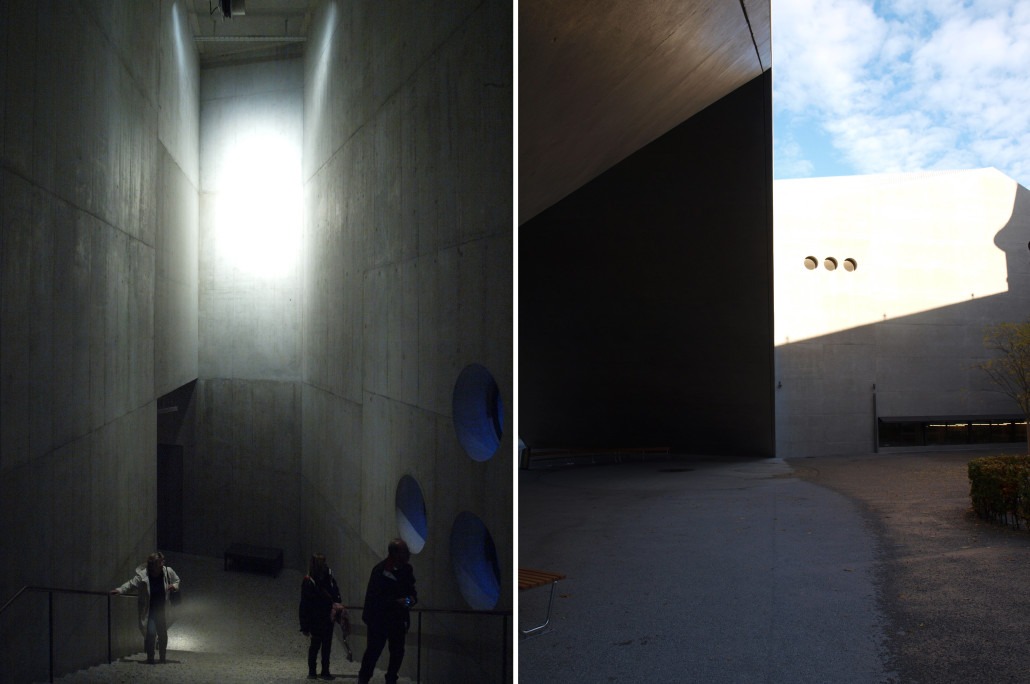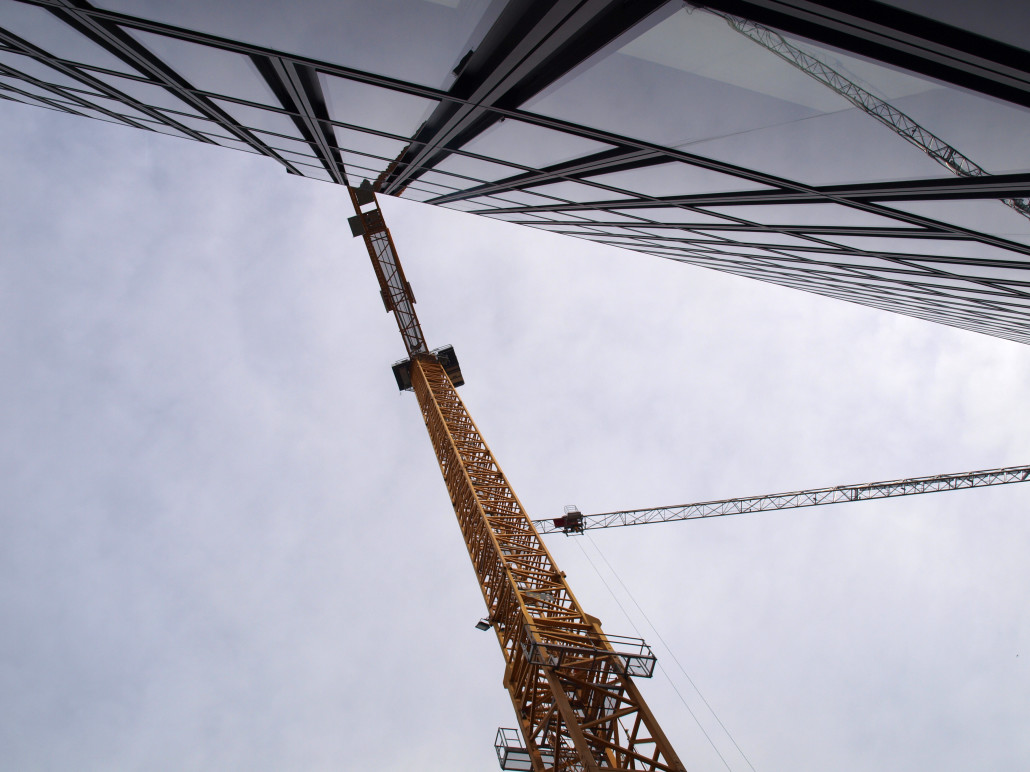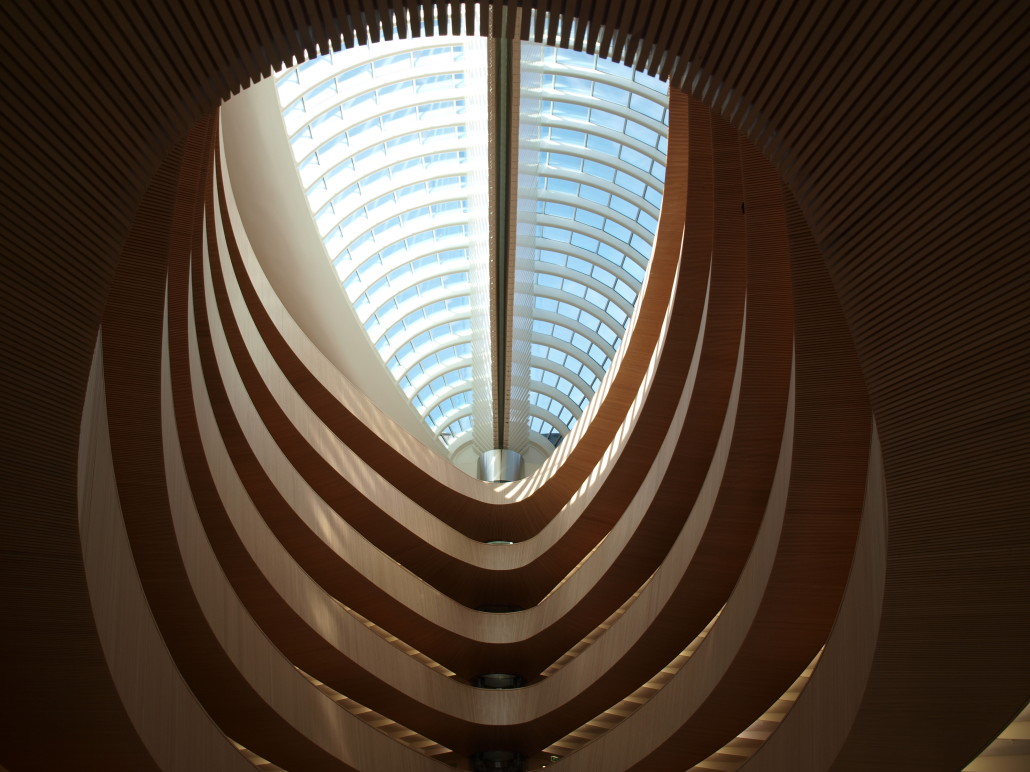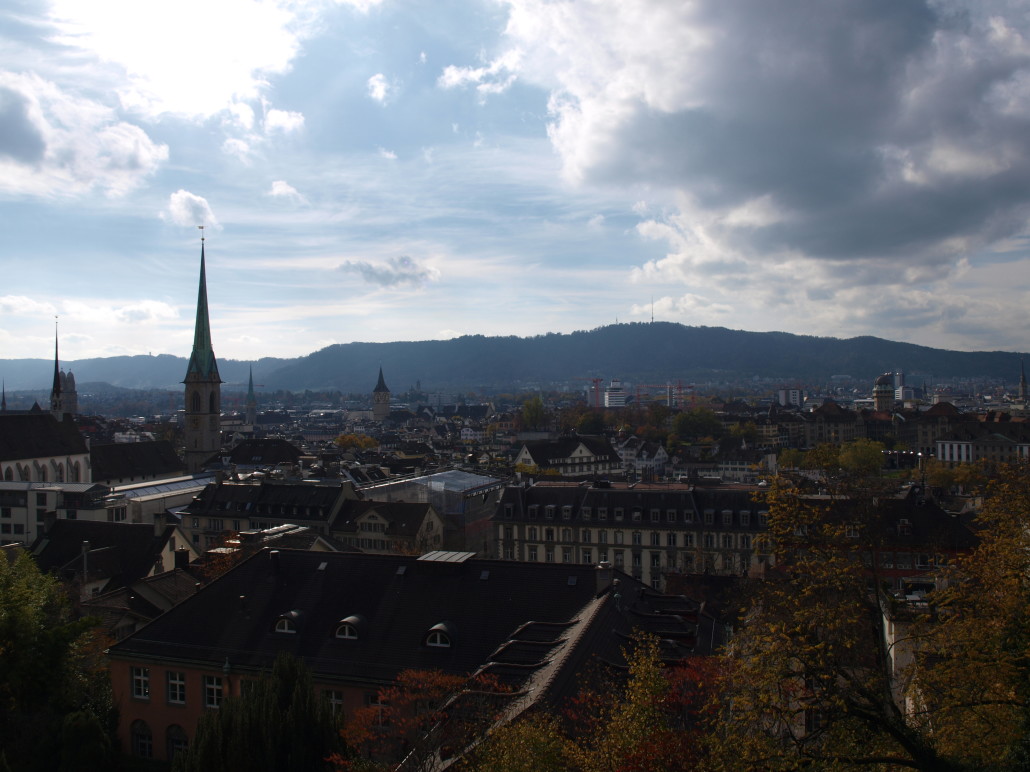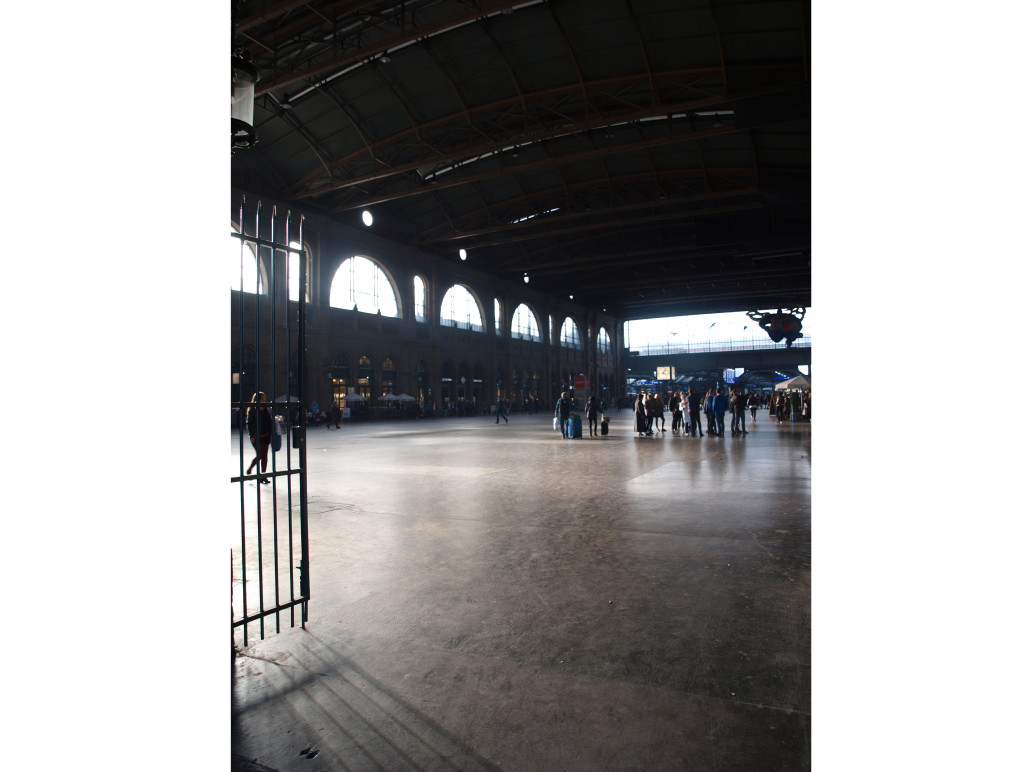studio Hartzema goes to Switzerland
Disclaimer: this is an architecture trip; everything specifically on the subject is in grey so that you can jump around it.
It’s common for Dutch companies to organize activities to make their team mates bond and get to know each other outside the work environment. These activities vary from milking cows, playing laser game and many other, generally ridiculous events.
Because we are in the architecture field, we are lucky to go on office trips or excursions instead and because we didn’t go anywhere last year, this year we got a bonus trip to Switzerland.
We picked this destination because of a project we have been referring, studying and admiring for years: the masterplan of the Novartis Campus in Basel. Truth be told, we didn’t manage to visit it but the trip turned out to be great anyways.
We left on a Thursday morning (very very early morning) after a quite stressful short week of work and arrived in a sunny Basel. It’s amazing how quickly all the stress was behind us and the holiday mood kicked in.
Since we couldn’t believe that the Novartis Campus was open for public only once every second Saturday upon reservation, we tried to get in spontaneously. Little did we know that in Switzerland this is essentially impossible, so we had a sneak peak from the thick fences and decided to move toward the city center.
A nice tram ride drove us through the city and left us very close to the first destination of interest: the Fine Arts Museum Basel.
The old building from the 40s and its late extension are connected only with an underground tunnel and the new building is only accessible through this tunnel. The effect is of a rock standing at a cross road which I personally find very fascinating.
We visited the exhibition in the new building first and when we got to the original building we realized that we had just the lesser part of the exhibition and architecture of the Museum.
Interesting note on the side: in this museum, big cameras are not allowed, not all cameras, just the big ones. I didn’t want to start complaining to I put mine in the locker as requested but at the exit I asked the reason for such a policy. They explained that it is for media exposure reasons and that at the beginning they banned all kind of cameras but that it was impossible to control phones as well, so now they readjusted the policy to a compromise that doesn’t really make sense.
After the museum the group split in two and we all decided to meet up at the station to catch a train to Zurich. A colleague and I had found a just realized project of a staircase as the last part of the requalification of an old factory and we really wanted to go and check it out, surprisingly the majority followed us.
We walked across the Rhine and got the east side of the city where many people were sun bathing along the river. The atmosphere was so summery that you could almost not believe it was the end of October.
After a short walk we passed an unexpectedly interesting urban block, the Wohnen am Rhein: beautiful black facades, green spaces and plenty of outdoor space.
We walked through it and found ourselves in front of our destination, the Workroom Warteck.
With this weather, the brick facades and the work environment of a Friday, this staircase design was spot on.
It was designed to connect all the different levels of the original factory and we were allowed to climb it to the top of the building.
The view from up there was spectacular and we could enjoy a very nice lunch on the roof top terrace.
We stayed in the sun till we were officially late for the meet up. We took a tram to the central station, discussed about how clean everything was, discussed about how unrealistically clean even fountains were and found the rest of the group waiting for us with the tickets ready to go to Zurich.
The relaxing ride was the perfect way to enjoy the beautiful landscapes and at the same time catch up with the rest of the group for opinions and stories about the first part of the trip.
After one hour we arrived in Zurich, bought the Zurich pass and took a tram to the Hotel Motel One, a very recommendable option in a great location.
We dropped our stuff, freshen up and headed out for a short walk to the beautiful spot where the river meets the lake.
After a group picture we headed to our dinner reservation at Baltho Kuche & Bar. Modern atmosphere, good Swiss wine and everybody got in a good mood, the delicious burger also helped for me.
On the way back to the hotel we decided to stop for a drink at Le Raymond Bar. Since cocktails are relatively not more expensive than the rest we switched to delicious rose lemonade, rosemary gin-tonics and happily walked back to the hotel for a deep 8 hours of sleep.
We started the day with a perfect breakfast at the hotel and met up with our architecture guide from Architour at the Kalkbreite Co-op complex.
She talked us through the importance of co-operatives in Switzerland and the way this project was started from the bottom up.
Even though I didn’t particularly like its architecture, I could really feel the special nature of the building. It’s also a plus that the whole complex stands on top of a tram depot.
Moving on we took a train to the North of the city to visit the MFO-Park, Mehr als Wohnen and the Leutschenbach School. The first is a contemporary park where plants grow vertically over metal structures that resembles the industrial surroundings.
The second is a housing co-operative urban block where architects where asked to design spaces where residents could share part of their daily lives. One building had a communal roof top balcony with kitchen and living room annex for everybody to use, another one had a huge core space that people can share or another had apartments designed to be shared by 16 people.
The last instead is the most modern school you can imagine. When I showed the pictures to Sourena he asked me if it was the head quarter of Google. Its extreme structure shows through the building and you can’t but feel its power; it’s definitely a great example of collaboration between architects and engineers.
We had a quick lunch in the neighborhood at the Restaurant Riedbach (I mention the name just to suggest never to go there) and, like the day before, we split in two groups.
My group decided to head back to the city center, while the other part went to the ETH Science City Campus.
We walked to the tram stop and hopped on the perfect path to catch some other interesting architecture projects on the way: the Theater 11 (for which we didn’t stop), the Brunnenhof housing development and de Guggach housing complex.
We hopped off and on again to check these last two projects. They stand along the main street and it’s amazing how the atmosphere, sound and light changes on the other side of them.
Back on the tram we arrived in front of the Swiss National Museum right when it was starting to rain, so we rushed in and spent a long time discovering the museum. As the one in Basel an extension has been added to the old building by the same designer. It was very interesting how similar the two projects were, but in this case the extension is what catches the better light.
After the museum we had one hour before a meeting at the KCAP office (one of the main urban planning firms in town) and because the sun was shining we decided to have a drink on at the Rooftop on the main shopping street. From there we took at tram and walked the last bit passing through one of the most interesting corners of the city. It is the area between the Lowenbrau art district, the river and the tallest grain elevator in the world, knows as the Swissmill Towe or Kornhaus. The combination of these elements creates corners and sceneries that you would never expect in a city and they allows special places to settle in: a pedestrian bridge over the powerful river, a cute bar called Damm and a water sport facility including outdoor swimming pool and rowing club in the river.
We arrived before the other part of the group and in this way I had the chance to catch up with a friend of mine who has been working there for a couple of years. It was totally random, I only remembered Andrea was in Zurich when I heard that we were going to the KCAP office, but it made it extra special.
We then got introduced to one of the associates, Anouk Kuitenbrouwer, and she was impressed with how much we had already seen and introduced us to one of their active projects in the center of the city: the Europaallee.
By the time we were done with the presentation and all the catching up it was time for our dinner reservation at one of the classiest restaurant of the city, the Kronenhalle. It took some convincing to persuade the boss to go directly in sneakers. If they minded they didn’t show it and we enjoyed a very delicious, very expensive dinner.
After dinner I was meeting up with Silvia, a very good friend of mine who works in the art scene of the city. We hadn’t managed to meet for years and finding each other in Zurich felt like time had not passed.
She had thought of a great plan for me for the night: we started off with a romantic walk along the river, passing under the Quaibrücke and crossing at the Rathaus to catch a tram to the Amsterdam of Zurich.
Because a colleague of mine thought that this meant cute Dutch house and channels, here a clarification: by Amsterdam I mean drugs and prostitutes.
After two days of perfectly neat streets and an ideal society, the Langstrasse felt refreshingly real. It is a stretch not longer than 500m but it gives you a great filter to the non-polished Switzerland, still extremely safe and extremely enjoyable.
We stopped for a beer and all the gossips at the Der Kern in one of the side streets. Because it was very close by we walked to the very first architectural project of the day, the Kalkbreite Co-op complex, to experience its vibe at night, if not for the architecture I would recommend going there for the nice bar-restaurant at the ground floor, Bebek.
By then it was midnight and I decided that it was time to call it a day and head back to the hotel by tram. By now I think you realized how much we used the tram, with the Zurich pass you can use all the public transportation (till half past midnight) and enter all the museums for free. It is not cheap but I definitely saved money like that.
Once back at the hotel, the hard core of the group was having a drink at the bar and I decided to join them for a Campari. I personally really liked the atmosphere there and the bar tender was happy to keep himself busy during his night shift.
We woke up to the same great breakfast and decided to enjoy the day in many different ways. Silvia was going to meet me at the Kunsthalle and a small group wanted to head there as well so we decided to get there passing through the project of the presentation of the day before, the Europaallee.
Still under construction it is indeed an interesting urban development, extremely close to the railway and extremely dense, it includes housing, offices and retail in a set of buildings designed by famous architects, a.k.a. archi-stars.
From there we went directly to the Kunsthalle which is situated at the top floors of a former brewery that has been recently refurbished to host several different art galleries; a bit confusing to understand how to enter and where to go but a very nice space for exhibitions.
Silvia proposed to go for lunch at the Hiltl (no idea why such an unpronounceable name) so we left to be there on time. As the first vegetarian restaurant in the world, dated 1898, it offers a menu but also a huge buffet of delicious and super tasty dishes that are priced by 100g. It was definitely a great lunch break.
Since the sun was shining and we had a bit of extra time we decided to have a quick look at the Rechtswissenschaftliche Bibliothek (speaking of unpronounceable…) and its courtyard designed by Calatrava. This place is just amazing; if not the highlight of the trip, a close second. This unique, bright, comfortable and quite reading space created in the courtyard of the original building stands just a few steps from the main entrance and it is truly breath taking.
From there I had to get back to the hotel, to pick my backpack and then go to the airport with the group we decided to take the funicular from the terrace of the University. The view from there was stunning; too bad the funicular had just closed for the day (since it operates for the university it is open on weekdays and on Saturday only till 2pm) and we had to find a plan B.
Late for the train, but thanks to an extremely efficient transportation system, we managed to get to the airport with plenty of time to exchange stories of the day and buy Toblerone.
